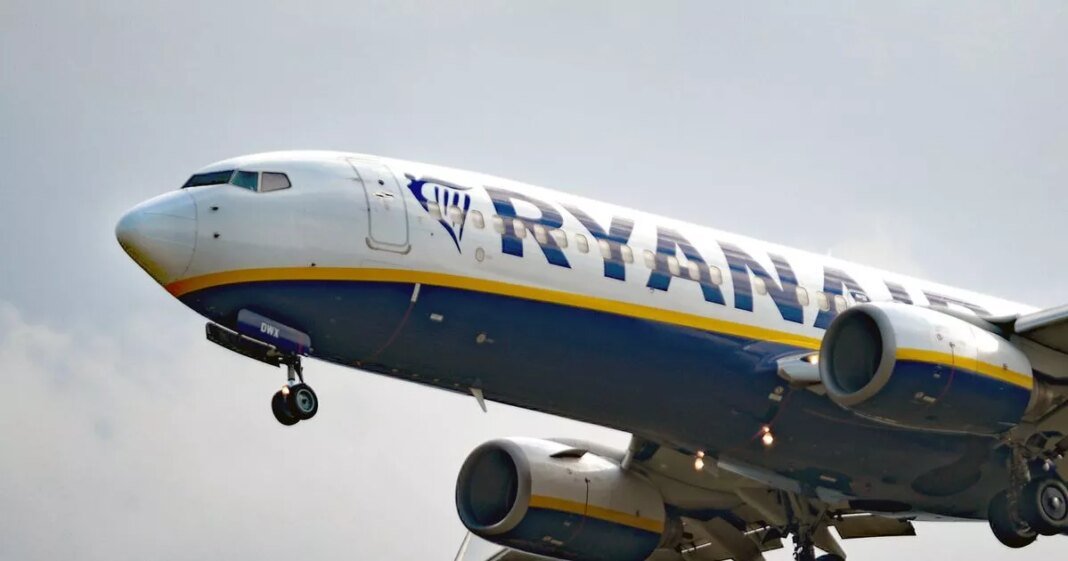A Ryanair plane carrying 170 passengers was moments away from crashing into a helicopter above London after a co-pilot made an error in the cockpit.
The flight, travelling from Szczecin, Poland, was holding 172 passengers and six crew members and was 3,000ft in the air when the co-pilot forgot to tell the captain he had turned off the autopilot. The aircraft was heading towards Stansted Airport at the end of the two-hour flight, prompting the co-pilot to hand over control to the commander so he could set up a computer for the plane‘s landing.
The captain, unaware that the autopilot and auto-thrust were no longer being used, then lost control of the Boeing 737 which dropped around 550ft. The plane was only cleared to descend 200ft, which meant it had fallen into an altitude not approved by Air Traffic Control.
During this time, a helicopter was flying at around 2,000ft in the airspace above Stansted. According to air accident investigators, the plane was 300ft above the helicopter and 1.7 nautical miles across from it. Gaining back control, the captain managed to get the plane back up to 3,000ft before landing it safely. An Air Accidents Investigation Branch report has now been released into the Stansted incident, which happened on March 8, 2024.
It said: “The co-pilot said that this was his first time he had handed over control during manual flight and that he did not know the precise call outs that were stated in the Flight Crew Operating Manual.
“Whilst he did not highlight the fact that he was manually flying he assumed the commander realised this. There was no formal reply stated in manual for the pilot monitoring however it is common practice in all areas of aviation to reply ‘I have control’, once control has been taken.
“Shortly thereafter, while the aircraft was still in the left turn, the commander noticed that the aircraft was descending and had descended about 550ft. He promptly took control and climbed the aircraft back to 3,000ft; the aircraft had descended 600ft in total during the descent.”
The manual has now been expanded to ensure precise call outs are being used during the transfer of aircraft control. It states: “On this occasion the defined parameters for a short-term conflict alert between the respective aircraft were not met and so the alert did not activate between the [lane] and the helicopter.
“The National Air Traffic Services measured the closest point of approach between the two aircraft as 1.7 nautical miles (across) and 300 feet (up). The monitoring pilot is also responsible for monitoring the conduct of the flight, and whilst it is accepted that he may be heads down while completing some cockpit tasks, they should always allow themselves time to review the flight instruments from time to time.
“If his actions needed to be checked or carried out on his behalf, control of the aircraft should have been handed back over. This incident also shows that distractions and quick decisions can lead to a loss of control of an aircraft, even for a small period of time.”
At Reach and across our entities we and our partners use information collected through cookies and other identifiers from your device to improve experience on our site, analyse how it is used and to show personalised advertising. You can opt out of the sale or sharing of your data, at any time clicking the “Do Not Sell or Share my Data” button at the bottom of the webpage. Please note that your preferences are browser specific. Use of our website and any of our services represents your acceptance of the use of cookies and consent to the practices described in our Privacy Notice and Cookie Notice.

